1. Groucho Marx – The Quick-Witted Quizmaster
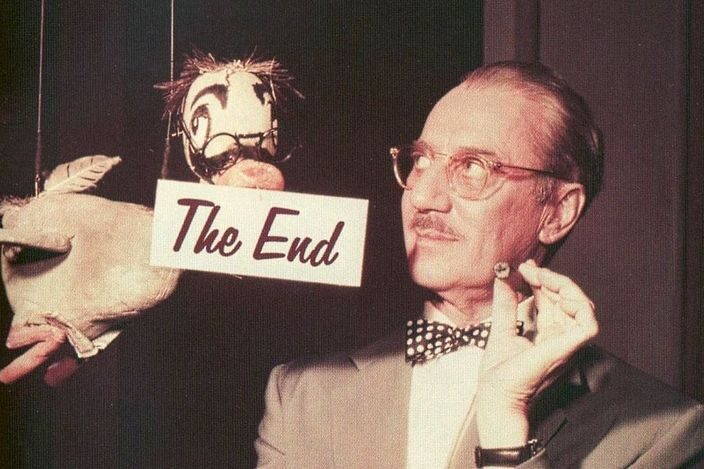
Groucho Marx took You Bet Your Life beyond a mere game show, his wit, double entendres, and improvisational charm made the contestants feel like participants in a clever conversation more than subjects of a quiz. His genius was in making the quiz show format a playground for his razor-sharp asides and playful insults. Unlike the chaotic Marx Brothers films, Groucho’s TV persona was a bit softer but no less clever. His knack for turning simple conversations into comedic gold made the show a hit with audiences who craved smart, personality-driven entertainment.
The show’s relaxed structure was the perfect canvas for his sharp humor. In his later years, he battled frailty and health struggles, yet made a memorable Carnegie Hall appearance in 1972 and even received an honorary Oscar in 1974, proof that his comedic genius endured despite personal challenges.
2. Jack Benny – The Master of the Pause
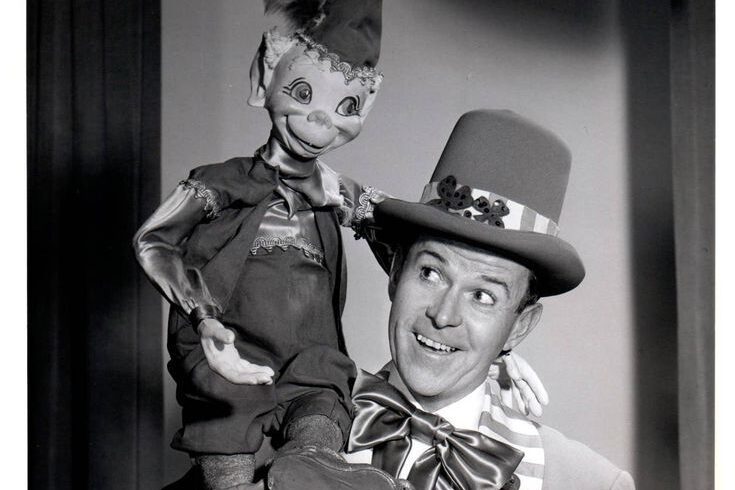
Jack Benny, born Benjamin Kubelsky in 1894, was a vaudeville and radio star before making his mark on television. Jack Benny’s genius was in the silence between the jokes. Rising from vaudeville to radio stardom by 1932, Benny perfected a unique style where the pause itself became a punchline. Audiences would hold their breath, waiting, then erupt in laughter even before he delivered the next line. His persona, vain, stingy, and forever 39 years old, was a comic masterpiece built on timing rather than rapid-fire jokes. When television beckoned in 1950, many doubted Benny’s languid humor would translate.
Yet he turned subtle glances and frozen expressions into visual comedy, proving less could truly be more. Famous for his interplay with a beloved cast, including his valet Rochester, Benny helped pioneer situation comedy by focusing on character-driven humor and allowing supporting players to shine. Offstage, he was generous and shrewd, protecting his crafted persona carefully. Benny’s legacy lives on in how comedy uses timing and character over loud gags.
3. Arthur Godfrey – The Folksy King with an Iron Grip
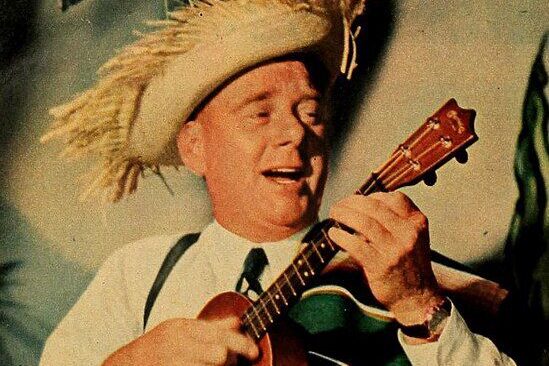
Arthur Godfrey’s charm was his disarming, homespun style. Listeners and viewers felt they were chatting with a neighbor, thanks to his relaxed and conversational tone on popular radio shows like Arthur Godfrey Time and Arthur Godfrey’s Talent Scoutsin the 1940s and ’50s. Advertisers loved him because his endorsements sold products effortlessly, blurring entertainment and marketing. However, beneath that genial veneer was a man with a sharp edge.
Godfrey was notoriously strict with on-air talents, famously firing singer Julius La Rosa live in 1953 when he sensed disloyalty. The firing caused backlash but didn’t tarnish Godfrey’s overall influence. He demonstrated how a personality could shape a network’s identity, showing a shift toward star-driven programming in early television. His mix of warmth and control made him a compelling, if complex, figure in entertainment history
4. George Burns & Gracie Allen – The Perfect Partnership
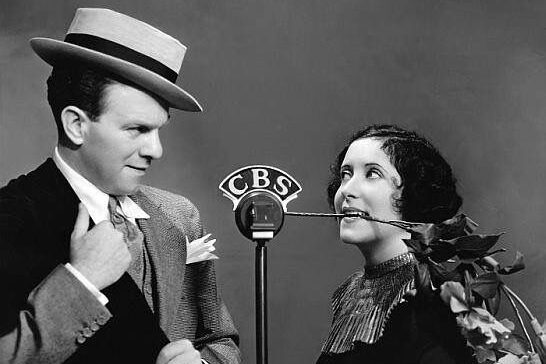
Few TV pairs were as perfectly in sync as George Burns and Gracie Allen. Already celebrated radio stars by 1950, they brought effortless charm to television with The George Burns and Gracie Allen Show. Gracie played an endearingly “illogical” wife, turning nonsensical thoughts into accidental wisdom that enchanted audiences. George, her real-life husband, was the quick-witted straight man who often broke the fourth wall to engage viewers.
Behind the laughs, Burns was the guiding force, shaping scripts around Gracie’s unique rhythm while she worked endlessly to make her character shine. Their collaboration showcased radio’s timing and chemistry could cross into the visual realm without losing its magic. After Gracie retired, Burns carried the torch solo, but their combined spark defined a golden era of comedy partnerships.
5. Ed Sullivan – The Reluctant Ringmaster
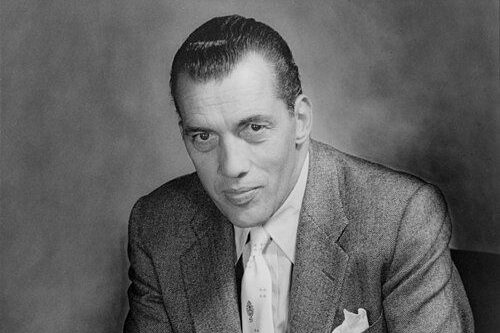
Ed Sullivan’s show played a significant role in shaping the entertainment landscape of the 20th century. No one quite fits the mold of a TV host like Ed Sullivan, who was known more for his eye for talent than for his on-camera flair. A former sportswriter, Sullivan was stiff and serious on screen, yet The Ed Sullivan Show became a launching pad for icons like Elvis Presley and The Beatles. His lack of showmanship was overshadowed by his keen talent scouting; his show was where America met new stars.
Sullivan also stood firm against racial segregation, defending Black performers like Nat King Cole and challenging censor pressures. Backstage, he could be abrupt, but he had a moral backbone, shaping TV as a place for groundbreaking cultural moments. His awkward style belied his enormous influence as one of television’s greatest tastemakers.
6. Sid Caesar – The Perfectionist Who Made TV Smarter
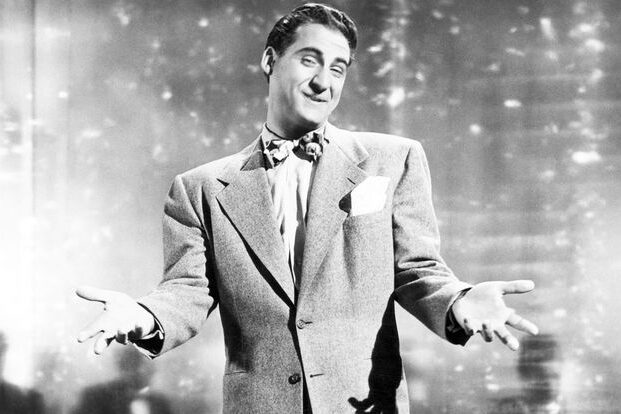
Sid Caesar was a force of nature in early TV comedy, known for his physicality, quick wit, and razor-sharp satire on Your Show of Shows and Caesar’s Hour. Standing tall and broad-shouldered, he could swing from wild slapstick to subtle foreign accents and intellectual humor with ease. His all-star writing team included future comedy legends like Mel Brooks and Neil Simon, reflecting the high bar Caesar set. Famous for demanding perfection, he worked his writers hard to craft sketches that were both smart and laugh-out-loud funny.
Behind the scenes, Caesar battled personal struggles with addiction, but his commitment to elevating comedy left a lasting legacy, influencing generations of TV comedians and writers who followed. connect instantly with viewers, a skill that kept her relevant for over 70 years.
7. Milton Berle – Mr. Television
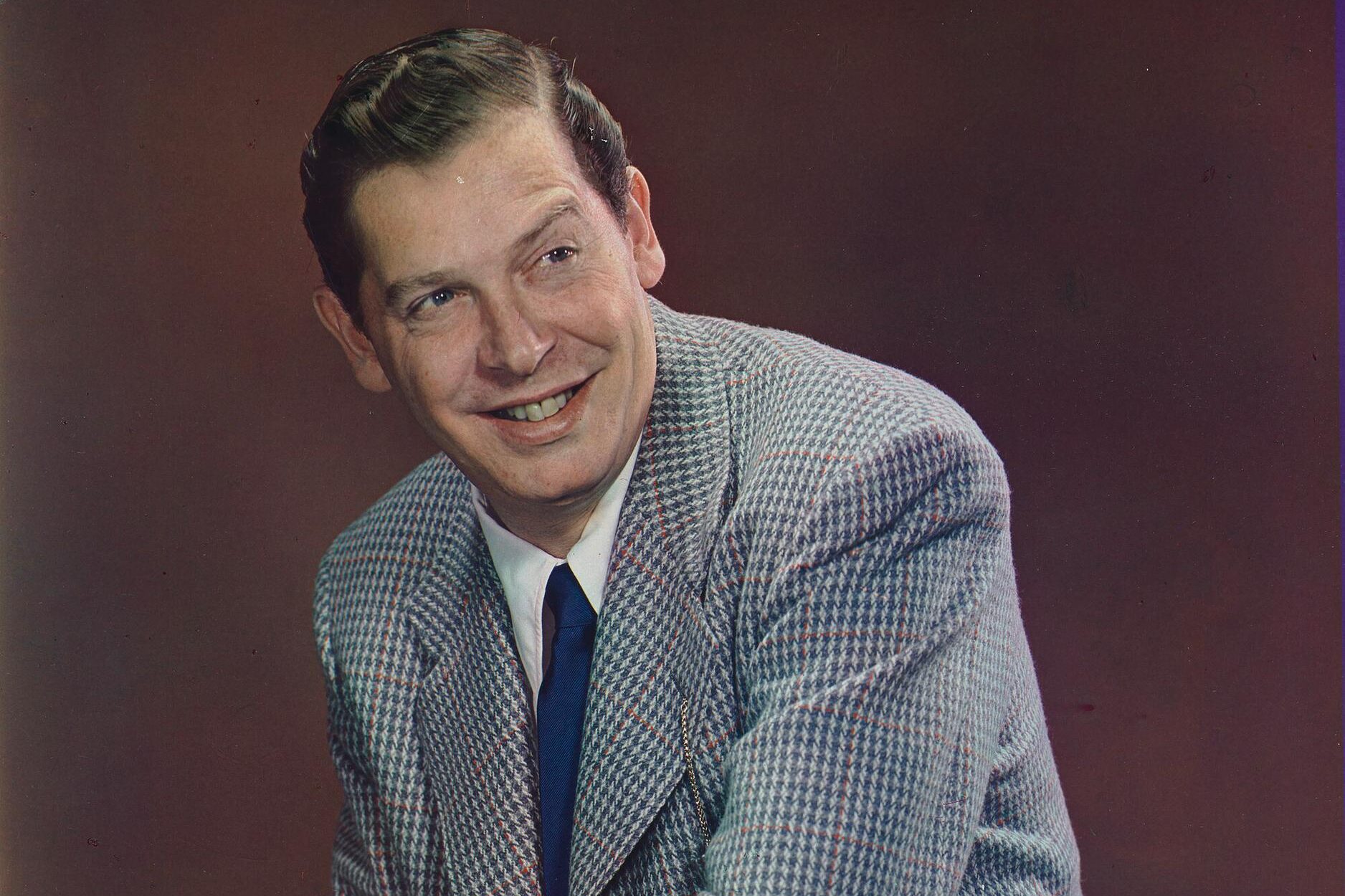
When Texaco Star Theater hit the airwaves in 1948, Milton Berle quickly earned the nickname “Mr. Television.” His endless energy, colorful costumes, and fast-paced sight gags captivated audiences nationwide, often making families rush to buy TV sets just to watch him. Berle’s ability to blend vaudeville-style physical comedy with the new format of television made variety shows the heart of early entertainment.
While he was known for his generosity toward upcoming comedians, Berle’s habit of borrowing jokes became part of his legend. Alongside him, acts like Dean Martin & Jerry Lewis brought fresh, manic energy, and Eddie Cantor’s expressive humor linked old Hollywood flavors with the TV age. Together, they transformed variety programs into weekly rituals American families eagerly anticipated
8. Red Skelton – The Clown with Heart
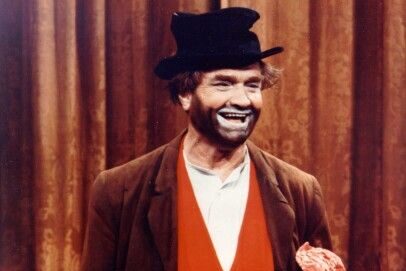
Red Skelton built a career on pantomime and pathos, embodying characters like Freddie the Freeloader with a mix of slapstick and sensitive storytelling. His Red Skelton Show ran for decades, spanning radio to prime-time TV as TV evolved from black-and-white to color and earned him Emmys for both performance and writing. Off-camera, Skelton was deeply private and artistic, pouring emotion into his clowning and touching audiences in ways comedy alone rarely achieved.
Red Skelton’s comedy was more than just slapstick; it was filled with sweetness and humanity. But, behind the scenes, private struggles, including the tragic loss of his young son, deepened the emotional resonance in his pantomimes. Skelton’s blend of innocent humor and heartfelt storytelling gave variety television a rare depth, reminding viewers of the gentle poetry hidden in everyday life and laughter.
9. Jackie Gleason – Larger Than Life
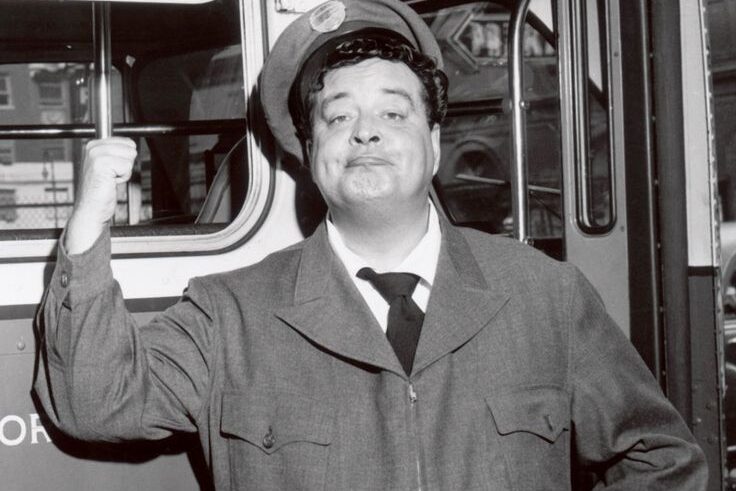
Jackie Gleason was more than just Ralph Kramden from The Honeymooners. His flair for big, bold characters and live orchestras made his variety shows a grand event. His effortless transition between sketch comedy, film roles, and television showcased a versatile entertainer who knew how to captivate crowds. Behind the scenes, Gleason’s personality was a mix of charm and intensity, writers often had to tiptoe around his moods, but his generosity shone in unexpected ways. This complex nature translated into unforgettable characters and stories that still resonate today. Gleason’s ability to balance life’s contradictions fueled the unpredictability that made him a true television great.
10. Lucille Ball & Desi Arnaz – TV’s Power Duo
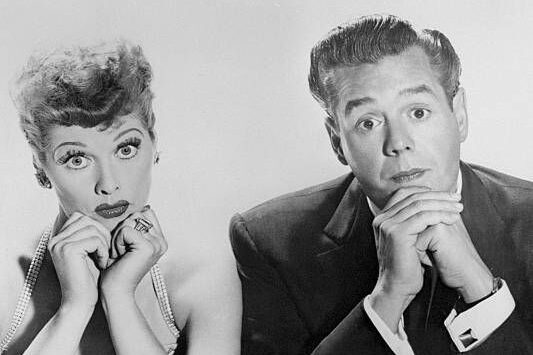
Lucille Ball insisted her husband, Desi Arnaz, co-star in I Love Lucy. Battling CBS’s reluctance over on-screen interracial marriage, the couple took it on the road until they won approval, and then reinvented TV by pioneering the three-camera setup, shooting on film, and founding Desilu Productions. Lucille Ball and Desi Arnaz’s partnership wasn’t just romantic, it was groundbreaking.
Their pioneering efforts behind the camera transformed TV production: from inventing multi-camera filming to introducing the idea of reruns, their influence reshaped the industry. While their marriage had its hardships, their creative synergy gave birth to timeless comedy and opened doors for more diverse storytelling. Ball and Arnaz’s blend of passion and innovation forged a template that countless TV couples and producers continue to follow.
11. Phil Silvers – The Lovable Schemer
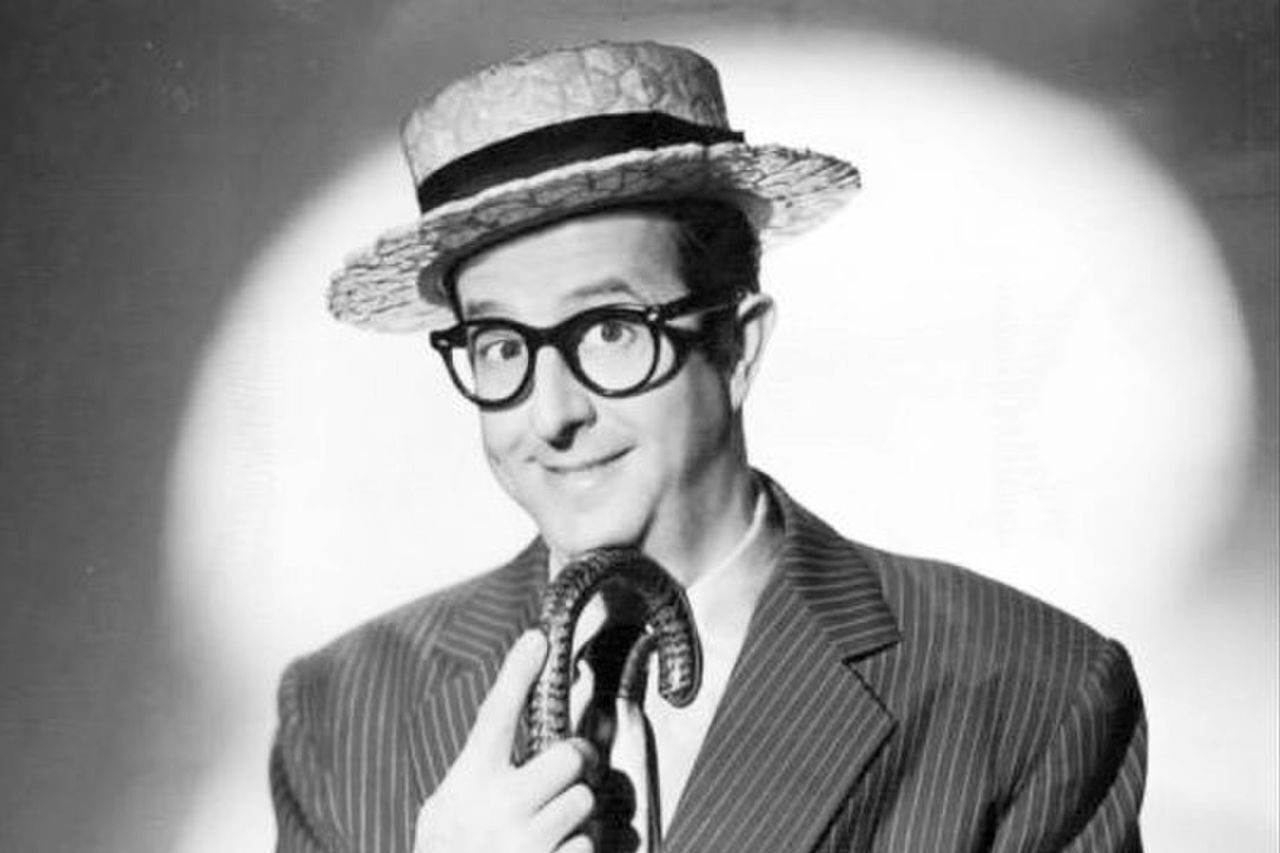
Phil Silvers brought a zesty charm to television as Sgt. Ernie Bilko, a scheming yet endearing character in The Phil Silvers Show. His rapid-fire wit and screwball style changed the pace of sitcoms, offering a fresh, energetic alternative to more traditional formats. Off-camera, Silvers’ compulsive gambling painted a picture of a man living on the edge, but his magnetism and quick thinking kept him in the spotlight. Bilko’s influence echoes through TV history, inspiring lovable rogue characters who balance mischief with warmth in sitcoms from MASH* to Seinfeld. Silvers showed that quick humor paired with a relatable character could win America’s heart.
12. Donna Reed – The Model Mom with Quiet Strength
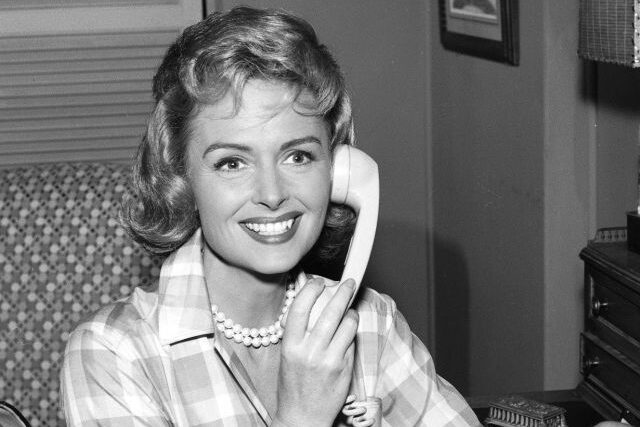
On The Donna Reed Show (1958–1966), Donna Reed portrayed the picture-perfect suburban mom with grace, warmth, and a subtle sense of intelligence. She shaped the image of the perfect American mother in the late ’50s and ’60s. Yet offscreen, Reed was far more than a suburban icon; she was politically active and outspoken, supporting causes like the anti-war movement. Behind the scenes, she was a politically engaged and progressive figure, opposing the Vietnam War and supporting humanitarian causes.
Her ability to transition from serious Oscar-winning film roles to embodying television’s ideal mother figure reveals a performer navigating multiple public identities with poise and conviction. Her range stretched back to winning an Oscar for From Here to Eternity, showing her serious acting chops. She built a bridge between Hollywood glamour and TV intimacy, making her a beloved figure with surprising layers
13. Steve Allen – The Inventor of Late Night
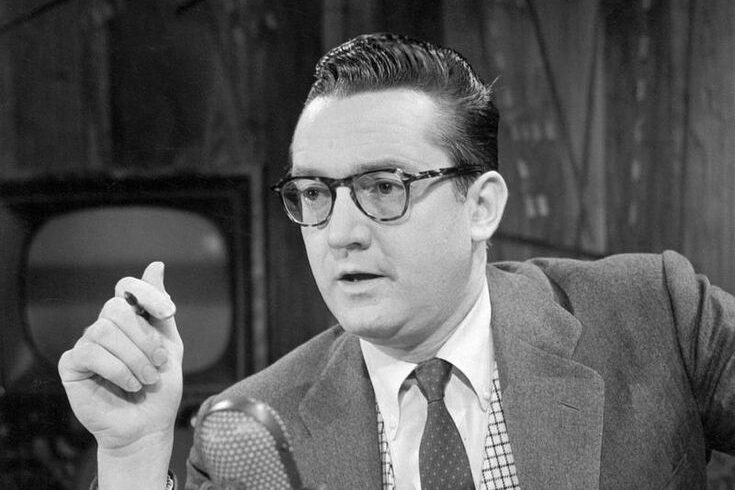
Steve Allen didn’t just host Tonight, he invented late-night television as we know it, introducing monologues, celebrity chats, sketches, and even remote segments outside the studio. As a creative force, he was unstoppable, writing songs, composing, acting, and producing, earning him the nickname “television’s man for all seasons”. His later PBS series Meeting of Minds, featuring actors portraying historical figures in deep conversations, became something he was especially proud of, proving he could inform and entertain in equal measure.
His writing and creative output were prolific, and though not always universally adored, he insisted on originality and pushing the envelope. Allen’s fearless experimentation helped late-night TV find its footing, showing how a quick mind and genuine curiosity could keep viewers entertained into the wee hours
14. Ernie Kovacs – Television’s Visual Madman
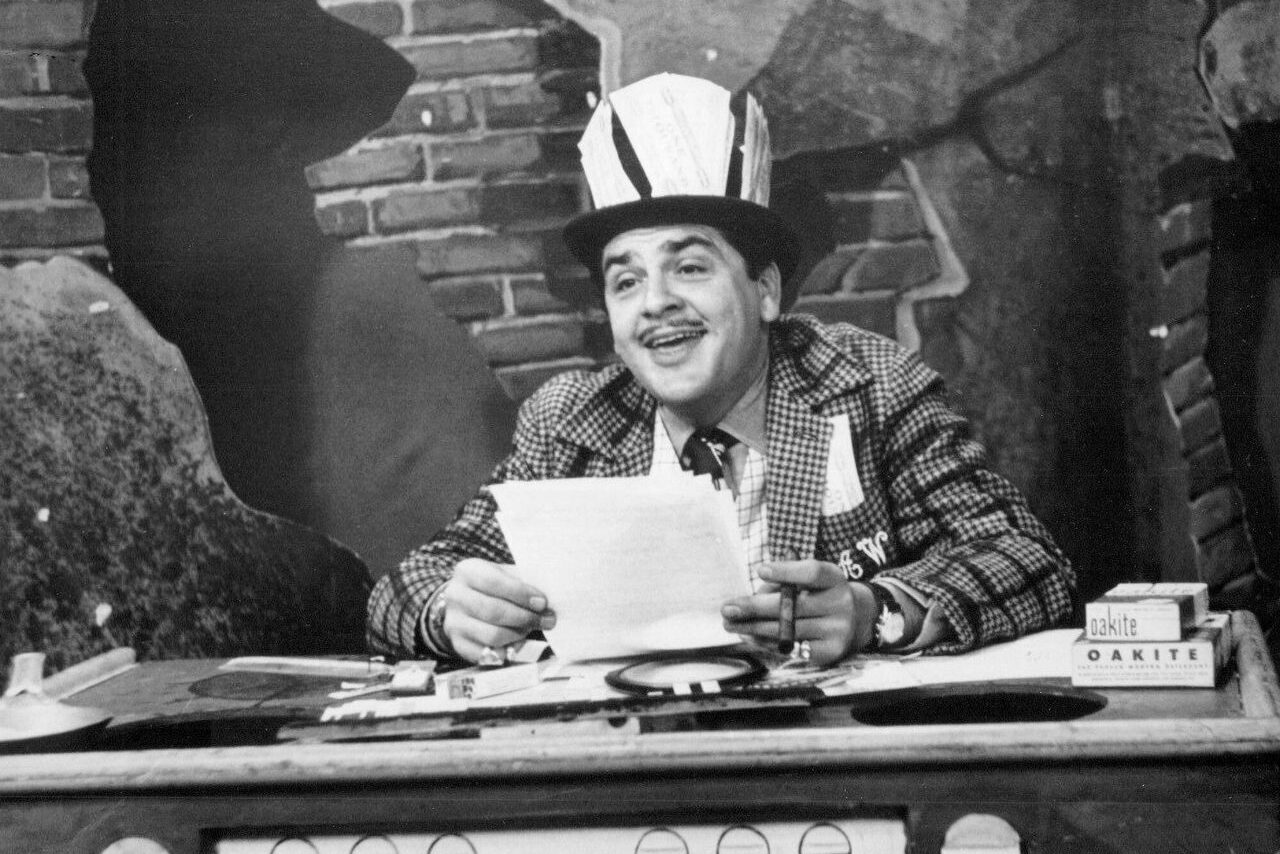
Ernie Kovacs treated the TV screen like an artist’s canvas, his surreal sketches, off-beat visuals, and bold camera tricks turned television into something uncanny and expressive. His specials, like the one featuring a wordless sequence following a drop of water through drainpipes, were technical marvels as much as they were comedic innovations. Kovacs lived as boldly offscreen as he performed, with a flair for life that matched his offbeat comedy.
Tragically, his life and experiments were cut short when he died in a car accident in 1962, but his legacy lives on in the many comedians and visual artists he inspired. Many modern comedians and directors draw from his inventive spirit. Kovacs expanded what viewers expected from TV comedy, showing that humor could be smart, surprising, and visually playful all at once.
15. Betty White – TV’s Forever Darling
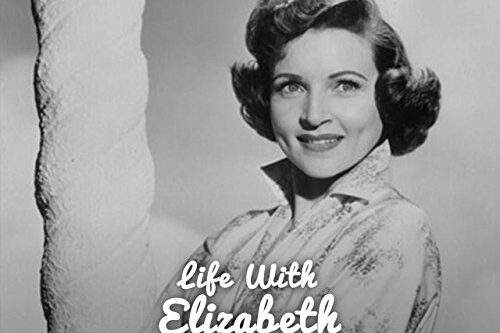
Betty White was one of television’s earliest female producers and stars, her co-hosting on Hollywood on Television in 1949 and leading role in Life with Elizabeth broke ground for women behind and in front of the camera. Starting as one of the earliest female producers and TV hosts, she effortlessly moved through decades of changing TV styles with a natural, approachable charm. From black-and-white sticoms to The Golden Girls, her ability to connect with audiences personally and professionally made her a treasured figure across generations, giving her a career that spanned over 70 remarkable years.
16. Robert Young – The Man Behind the Ideal Dad
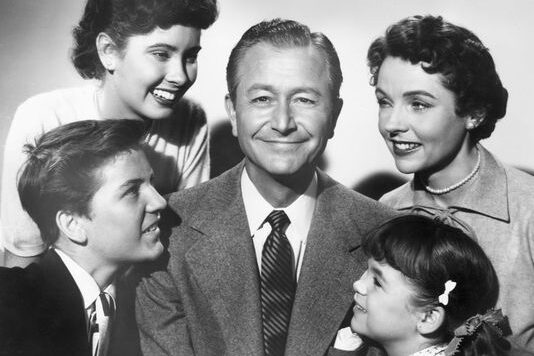
Robert Young became the comforting face of television as Jim Anderson on Father Knows Best (1954–1960) and later as Dr. Marcus Welby. Yet off-screen, he battled lifelong depression and alcoholism, even attempting suicide in 1991. Young battled with depression and alcoholism, a reality far from the perfect picture of the Anderson household. His effort to keep the show both wholesome and smart was evident in how he resisted cheap jokes at his character’s expense, aiming for a more genuine approach to family comedy.
Despite portraying unwaveringly calm and wise figures, Young spoke openly about the guilt he felt for not matching those on-screen personas in real life, and his honesty helped spark conversations about mental health. Which was ahead of its time, adding a real human layer to a career that could have been just about sitcom perfection.
17. Jackie Cooper – From Child Star to TV Architect
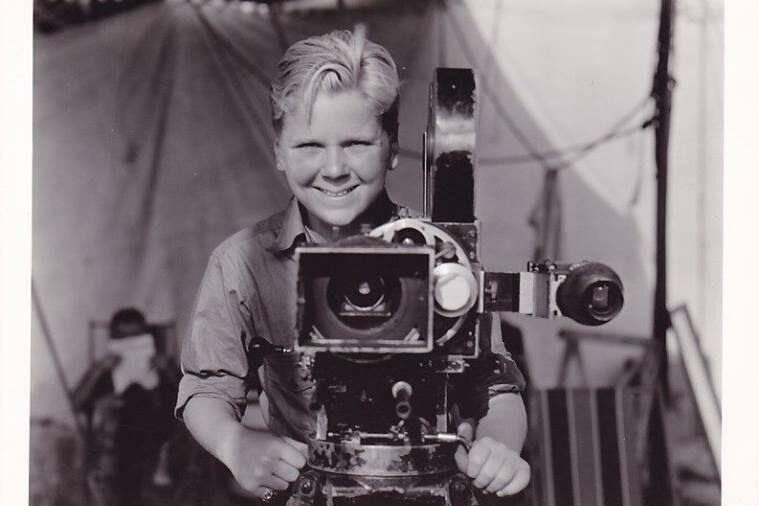
Jackie Cooper was one of Hollywood’s earliest child stars and the youngest nominee ever for an Academy Award (for Skippy in 1931). Bursting onto the scene as a child actor in the 1930s, crying on cue in The Champ, he successfully transitioned into television, leading and directing The People’s Choice in the mid-1950s before becoming a prolific producer for Screen Gems, where he helped bring shows like Bewitched to life. Later, he earned Emmys for directing episodes of MASH* and The White Shadow, proving he had the versatility to thrive both in front of and behind the camera.
18. Eve Arden – The Sharp-Tongued Schoolteacher
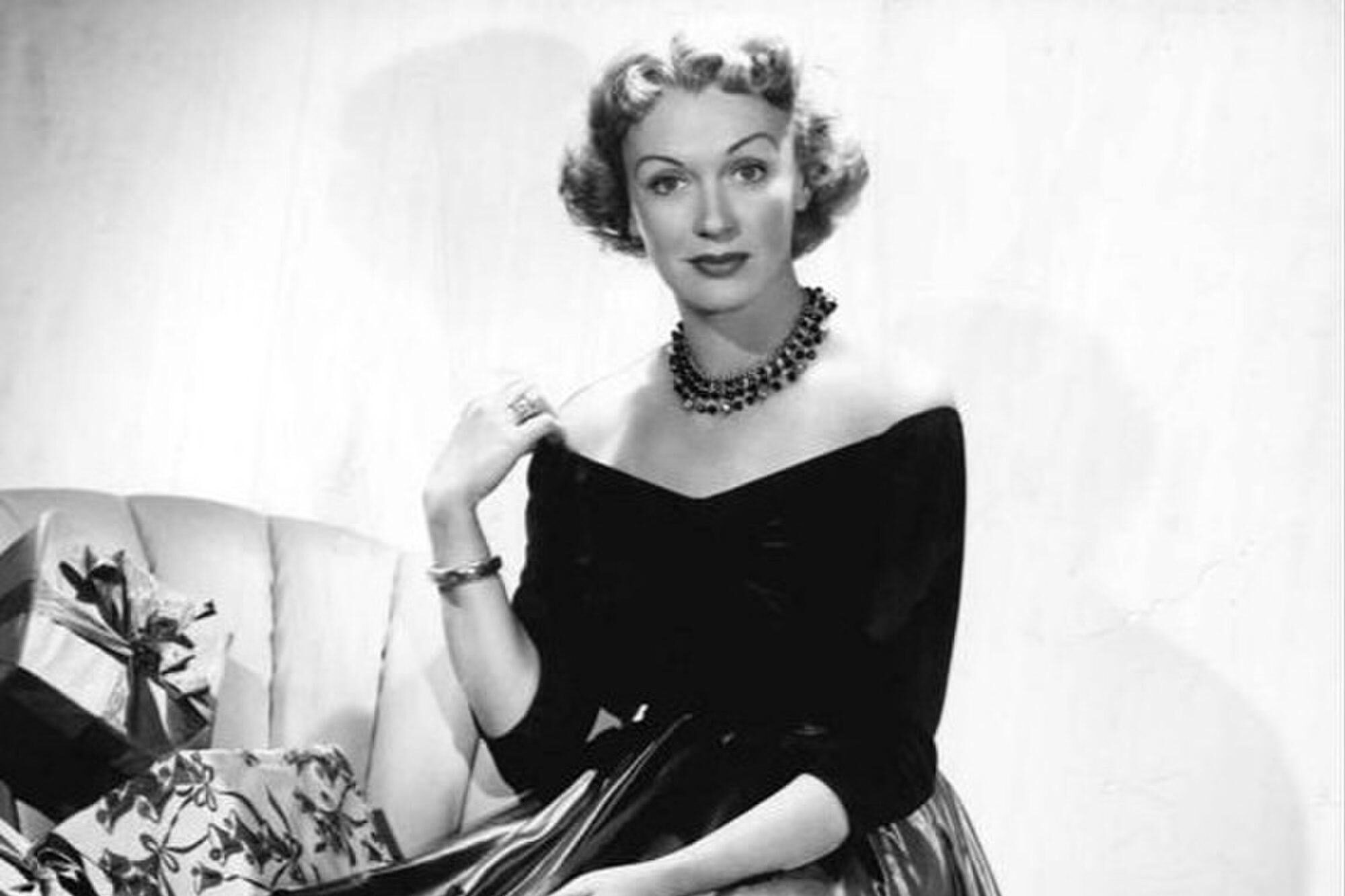
Eve Arden brought wit and independence to early television as the sardonic English teacher Connie Brooks on Our Miss Brooks, a show that first aired on radio in 1948 and transitioned to TV in 1952. Her clever humor earned her widespread recognition during the radio years, including a listeners’ poll award and honorary membership in the National Education Association for humanizing teachers in popular media. Offscreen, her sharp humor and steady work in both comedy and drama made her an influential figure in shaping smart female characters on the small screen.
19. Perry Como – The Gentle Crooner of the Small Screen
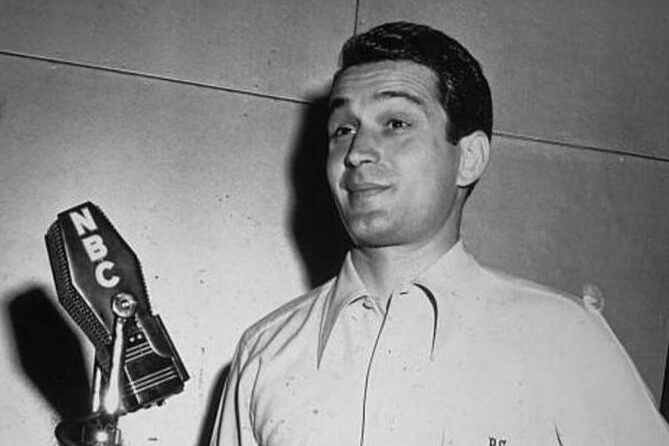
Perry Como smoothly transitioned from radio to television in the late 1940s, starting with an experimental simulcast of Chesterfield Supper Club in 1948. He quickly became known for his relaxed, authentic style, famously saying, “With me, what you see is what you get”. His easygoing presence and sincerity resonated with viewers, helping lay the groundwork for the modern musical-variety format on TV. Unlike many stars, Como kept his personal life drama-free, focusing on family and golf rather than Hollywood feuds or scandals. His approach proved that charm and long-lasting appeal don’t have to come with chaos, giving variety TV a soothing, charismatic touch.
20. Dinah Shore – The Charismatic Songstress and Pitchwoman
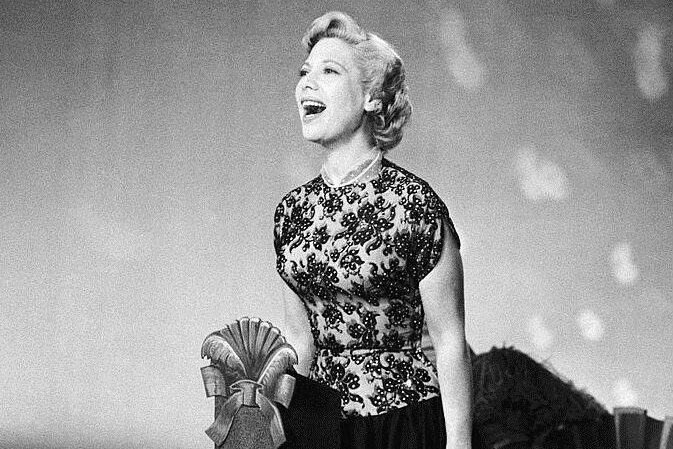
Dinah Shore charmed millions on The Dinah Shore Chevy Show (1956–1963), hosting a colorful, music-filled variety series that drew as many as 32 million viewers per episode and featured luminaries like Frank Sinatra and Ella Fitzgerald. Beginning as a radio singer, she smoothly transitioned to television where her mix of friendly talk and music won over audiences. Beyond her singing, Shore became famous for her Chevrolet commercials, where her sunny delivery of “See the U.S.A. in Your Chevrolet” became iconic. Her signature close, a heartfelt “MWAH!” to the camera, became unforgettable.
Beyond showmanship, Shore embodied an attainable elegance; as Time put it, she represented “a triumph of talent and personality over rather ordinary good looks” and remained a favorite across both radio and television for over five decades. In a largely male-dominated TV world, Shore skillfully managed her image and negotiated deals that set her apart, helping pave the way for future female hosts.
21. Henry Morgan – The Dryly Amusing Curmudgeonz
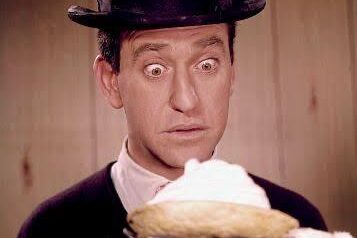
Henry Morgan brought a sharp, sarcastic edge to early television as a panelist on game shows like What’s My Line? and To Tell the Truth, where his dry humor often stole the show. He also hosted Sez Who and contributed to radio’s NBC Monitor (1955–1970), later offering biting commentary on late-night shows even into the ’80s. Often a panelist on quiz and game shows like I’ve Got a Secret and To Tell the Truth, Morgan’s deadpan expressions and biting commentary regularly stole the spotlight from scripted lines.
Morgan’s wit could be so blunt it famously drove him off one talk-show set mid-broadcast, an emblem of a performer who refused to soften his queasy charm for the sake of applause. While his prickly personality sometimes limited his career opportunities, it also won him a devoted fan base who appreciated his refusal to conform to the usual TV niceties just for show.
22. Imogene Coca – The Expressive Sketch Virtuoso
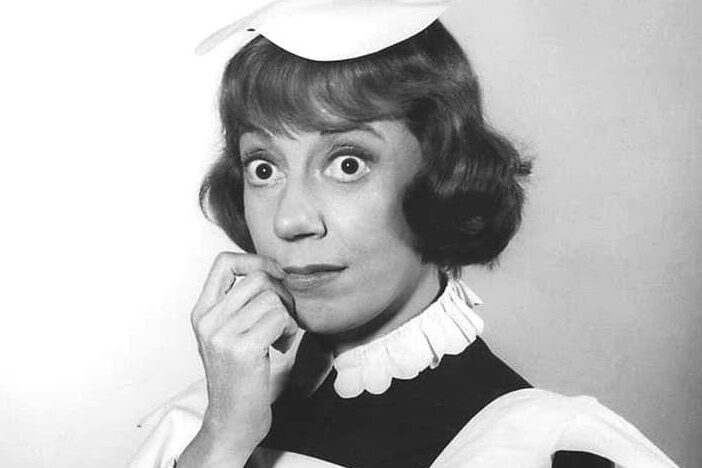
Imogene Coca was the fearless foil on Your Show of Shows, matching Sid Caesar’s rapid-fire energy with impeccable timing and expressive physical comedy. Her facial mastery conveyed laughter and surprise in a single gesture, anchoring live sketches with unspoken truth. Coca’s ability to transform into wildly different characters on the fly made her a pioneer for women in comedy, proving they could compete toe-to-toe in a male-dominated arena. Though her solo career didn’t reach the same heights, Coca’s work on live television remains a standard in sketch artistry, proof that sometimes a face says more than a thousand lines.
23. Alfred Hitchcock – The Suspenseful TV Guide
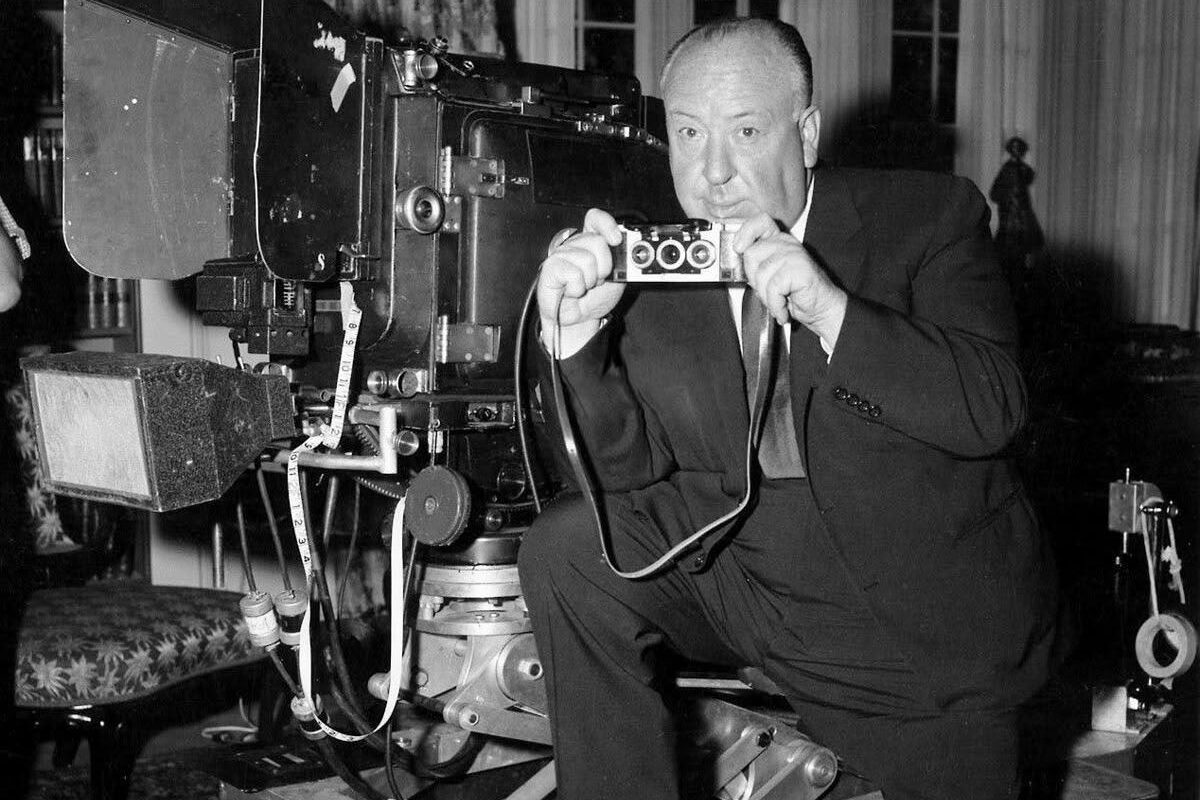
Alfred Hitchcock took his mastery of tension to television with Alfred Hitchcock Presents, introducing each half-hour of suspense with deadpan charm and reframing TV as a venue for atmospheric storytelling. His presence as host and director elevated television narrative’s possibilities, and the show’s format inspired many to see anthology series as a space for high-minded thrills. Hitchcock showed that TV could deliver sophistication, dread, and elegance, one eerie twist at a time.
24. Walter Cronkite – The Voice of Trust
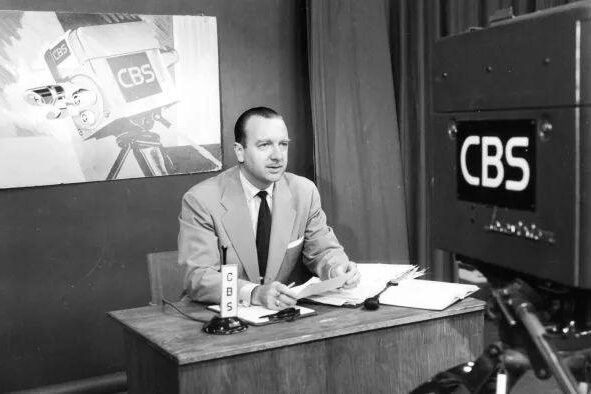
Walter Cronkite defined television journalism through decades of trusted coverage, anchoring the CBS Evening News from 1962 and guiding viewers through historic moments, the Kennedy assassination, the moon landing, Vietnam reporting, Watergate, earning him the title “most trusted man in America”. He wasn’t just a voice on the air, he shaped how news was delivered, demanding factual accuracy and steady composure during the turbulent years of mid-century television reporting.
25. Allen B. DuMont – Television’s Hidden Hand
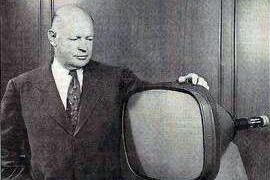
Allen B. DuMont doesn’t appear on your screen, but without his work, there might not be a screen to start with. An ingenious electronics engineer, he dramatically extended the lifespan of cathode-ray tubes, making them practical for consumer television sets, and in 1938 released one of the first reliable, fully electronic TVs to the public. After World War II, he founded the DuMont Television Network, one of the earliest U.S. TV networks, which broadcast influential programs like Captain Video and His Video Rangers and the initial “Honeymooners” sketches. DuMont’s blend of technical brilliance and early broadcasting ambition laid groundwork many took for granted, and he’s a pioneer who deserves to be remembered.
26. Sid Melton – The Quintessential Sidekick
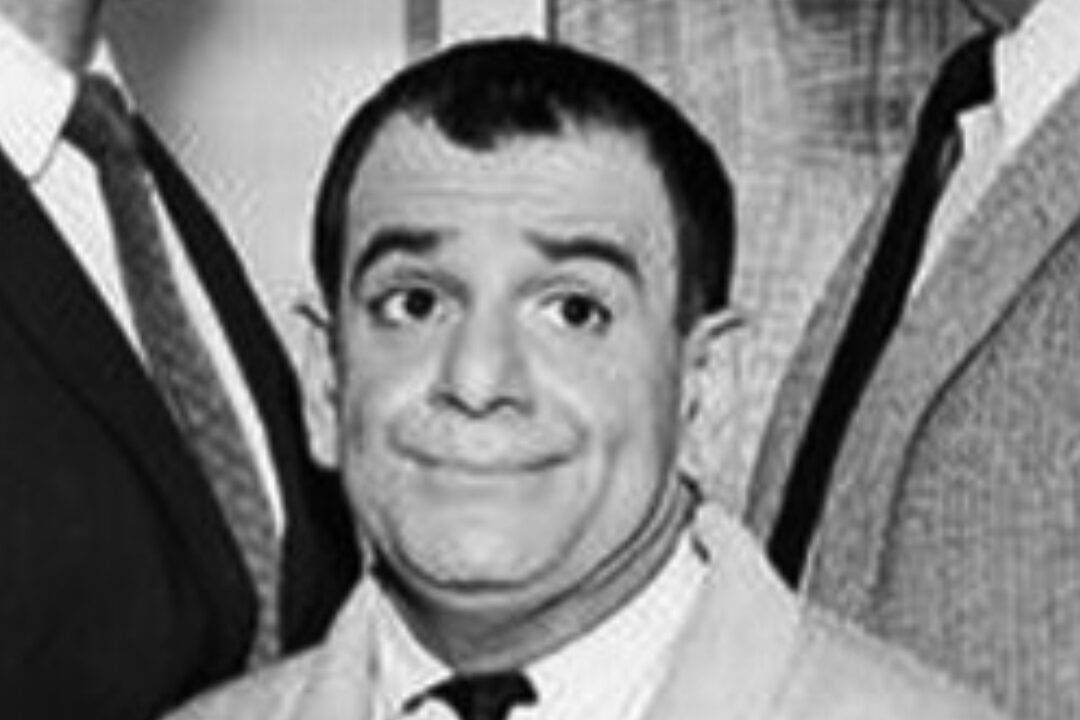
Sid Melton mastered the art of making the most of every single scene, no matter how small. Whether on The Danny Thomas Show or Green Acres, his rubbery expressions and lightning-fast timing turned minor lines into memorable moments. Melton understood that supporting roles are the backbone of storytelling, enriching a show’s world without stealing the spotlight. Those characters who make a story feel lived-in and delightfully complete.
This story 26 Pioneers and Trailblazers of the TV’s Golden Era was first published on Daily FETCH


